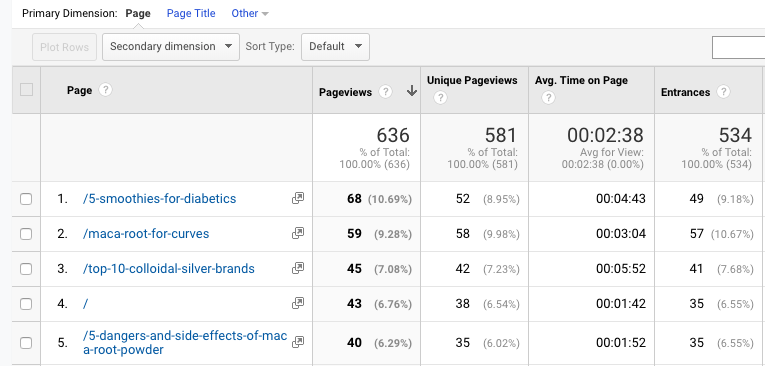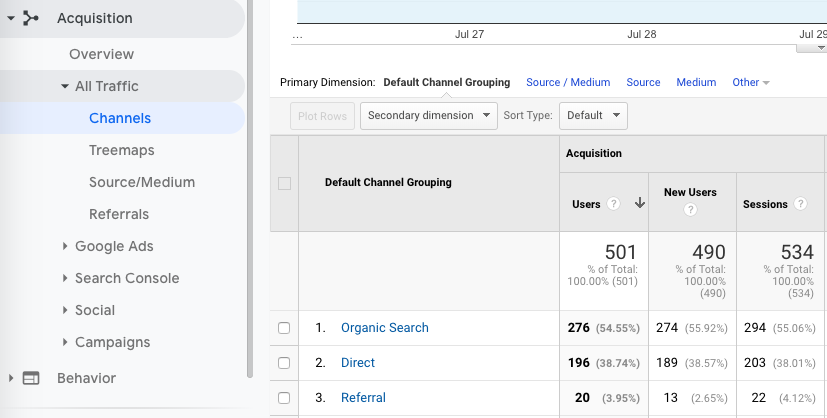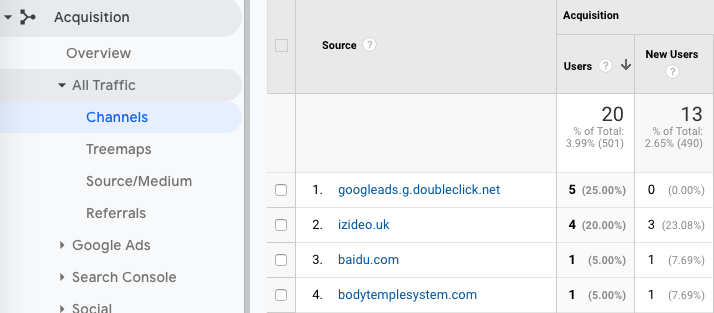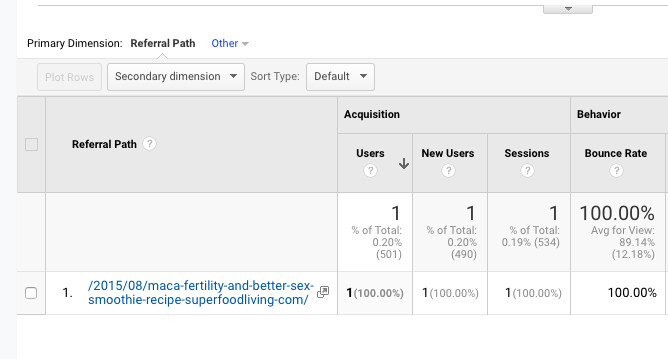
Hiring a link building agency these days is easy but hiring the one that promises sure shot results is difficult.
It usually happens with start-ups and small businesses who fall prey to low-cost link building services for wanting to save that extra penny.
While it’s difficult to make the right choice to hire the right agency, you can definitely keep a track of how well your link building campaign is performing. Accordingly, you can decide whether to continue or to look out for other agency.
Afterall, it’s more than just about your money. The time that you lose and your competitor gains to steal the business advantage is the real dent.
Let’s discuss how you can calculate the ROI of your link building campaign but before starting, I would like to underline the significance of Content & Blogging in your link building campaign. Surprisingly, I haven’t seen many experts talking about it of late.
As much as it is important for any online entity to blog and create quality content, it is important for eCommerce stores to do it, perhaps even more.
However, I don’t see many eCommerce businesses doing it. And this is possibly because of hectic store operations they generally have.
We’ll talk about it more later in the article.
First Things First –
Ecommerce businesses who are looking to generate instant sales and quick revenue, should consider spending on paid advertising.
Link building on the other hand is more of a strategic investment. Building links to product pages won’t trigger overnite traffic and sales which businesses need to understand.
Organic backlinks usually originate from blogs and articles. There is little chance that the readers who are reading the posts are potential buyers unless the article is a promotional piece and has referenced your site/product page for related information.
Remember, the other site would give you product page backlink only if it feels that your product is in context and adds value to the article.
If your agency is doing guest posts to acquire links, the guest content should be first-rate with editorially placed links.
Importance of Content –
We at Outreach Crayon, always spend time with our clients before kicking off link building projects.
Not only do we do a careful analysis of the content they are looking to build links to but we make them understand how it is going to impact the ROI of their link building campaign.
Content that is comprehensive, scientific, graphically inspired and well drafted, invites more readership. Creating ordinary content and expecting to gain high quality backlinks is a little overambitious.
Although ordinary content won’t attract backlinks from quality websites in the first place but If by any chance, you succeed in getting backlinks along with some traffic, your content is likely to witness a high abandonment rate.
As I said, your agency might be able to get you the links but it would hardly move your sales.
How to calculate ROI of link building for your eCommerce store?
We can determine ROI by –
- Tracking Google Rankings
- Tracking website traffic
1. Tracking Google Rankings –
Interestingly, 75% of users don’t explore Google search second page results. This is quite significant, especially when 93% of all online experiences begin with a search engine.

Most studies put 1st rank of Google worth 33% of traffic share. 15% of the traffic goes to rank 2 whereas only 9% visitors discover results at rank 3.
So now we can understand how important it is to get to the top of Google rankings for any business to succeed.
Google rankings are easy to track. We can do this either manually or by using a good SEO tool like Ahref or Moz. Small store owners can begin by making an excel worksheet. They can mention the keywords and their current rank to start off.
As your link building progresses, you can keep on updating the rankings every 15 days or a month.
Stores who can afford, can subscribe to a good SEO tool. It offers more than just insights on keyword rankings.
This will help in gauging the performance of your link building campaign. If it is going in the right direction, you’ll start noticing the following trends soon –
- Your Domain Authority or Domain Rating starts increasing.
- Your pages start getting listed on SERPs.
- You start getting rankings for multiple keywords. This is especially for grocery, clothing, food and similar ecommerce stores since they sell products in numbers. So naturally, they would want their agency to target more than one product.
- Keywords already on second or third page start appearing on first. This signifies that your agency has recognised the opportunity and is building more high quality backlinks around those keywords.
- Traffic and sales start showing up but remember, it takes time.
2. Tracking Website Traffic –
Increased traffic doesn’t necessarily mean that you’ve started getting returns for your investment.
What in case the traffic that you are getting is not converting to sales?
Not all traffic coming to your site would buy. Though we can use that traffic for indirect marketing but you have to have sales to justify your investment and keep the show running. Isn’t it?
When it comes to tracking your website metrics, Google Analytics is the Goto choice. The fact that it is free to use, can be integrated with other tools and gets you the customized reports, makes it the most popular of all.
Google Analytics will not only help you track the number of your website visitors but also their source. For example – where they are coming from, how much time they are spending on your site, which keywords or search engines are they using to find your site etc.
Monitor Traffic To Your Pages –
Since we are assessing the traffic from referral links, you need to monitor traffic to the pages your agency is building links to.
Go to Behavior → Site Content → All Pages. Select the page you want to see metrics for. See the screenshot below –
Not only this will give you information on traffic conversions but it will tell you how well your page is performing. You can see page views, unique page views, average time on page, entrances, bounce rate, exit %, page value etc.
You can use this data to evaluate and improve your content. If it’s a product page, make sure you quickly get to work and start optimizing it for higher conversions.
Monitor Referral Traffic –
Referral traffic means the traffic coming in from sites that are linking to your website pages.
Go to Acquisition → All Traffic → Channels → Referral. Click ‘Referral’ and it will show up the list of all referral sites. Clicking on the site will show you the referral path. (link)
So once you know the sites that are sending traffic via links, you can check if those websites –
- Are relevant and are in your domain
- Get a sizeable traffic each month
- Get visited by people who are your potential buyers
If that’s not the case, you can highlight this to your agency to target relevant and better websites.
You also get to see the performance data of the traffic generated by these links.
Custom Referral Reports –
Apart from this, you can also use referral reports by using the custom report option. This would also help you analyze links and how well they are performing on your site.
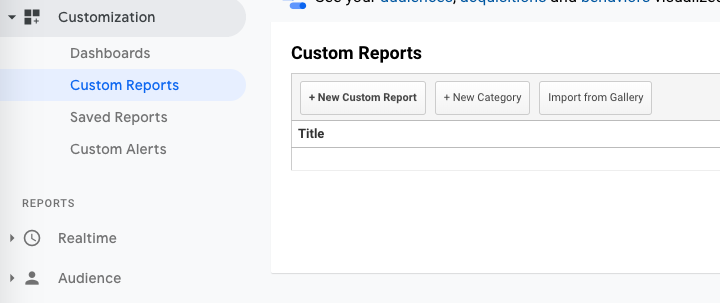
You can see the number of visitors each link is generating, unique visitor number, average visit duration, number of transactions, ecommerce conversion rate etc.

Campaign Tags –
Another way to track backlinks is to tag them.
You can simply assign a tag to each of your backlinks and it will generate you a unique URL to see the details for a link.
Quick Snapshot On Your Gross SEO
Just in case you have your agency working on the entire SEO, this quick snapshot on Ahrefs Overview page comes in handy.
You can easily calculate your SEO ROI by quantifying the organic traffic value gained in $ vs SEO spend.
See the sample screenshot below –
Things To Note
Before closing in, we like to share a few tips from our personal experience. I’m sure these would come in handy for most of you –
- I believe competitor research should rather be done for identifying keywords to rank and not necessarily to outdo the competitors on DA or DR. A high DA means nothing if you don’t rank anywhere in results.
- When you start getting traffic, make sure to optimize your pages well. Product pages especially, because your end goal is to increase conversions and sales and nothing else.
- Ensure your pages are interlinked if you are getting link traffic. This will pass on the link juice to other pages which will help them to gain better page rank.
Lastly, have patience and keep your dollar invested!
Final Words –
As we can see, Google Analytics makes it extremely easy to track the performance of your link building campaign and whether you are getting the desired ROI or not.
The best part of using it is the fact that everything is visible right from the time the first link is created for you.
And when you have these finer details in front of you from day 1, you are more likely to succeed in pushing your link building agency to acquire better rankings, traffic and conversions for you.

About the author: Vibhav Gaur, Business Head
Vibhav Gaur leads strategic operations and business growth at the organization. With a strong background in digital transformation and customer-focused solutions, he has helped numerous clients streamline their web presence and scale efficiently. His leadership ensures seamless execution across teams, with a commitment to delivering results and fostering innovation in every project.



